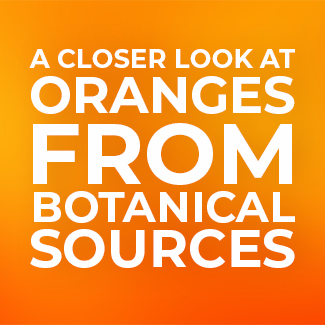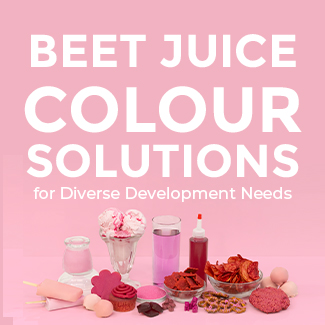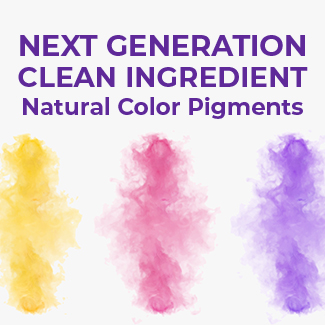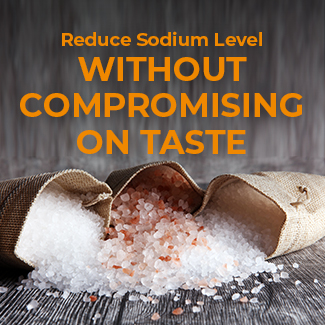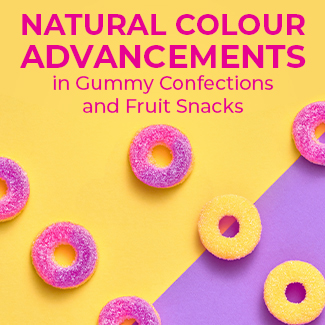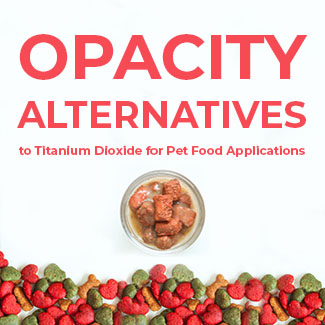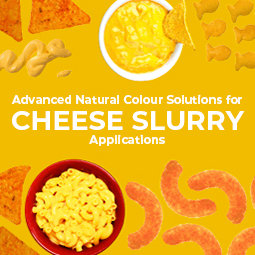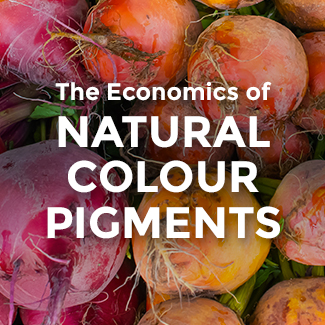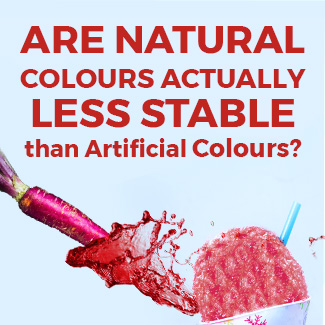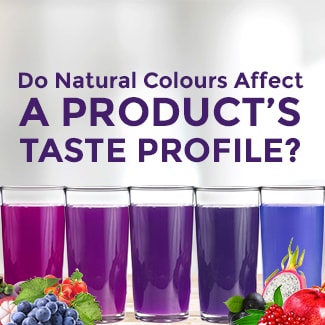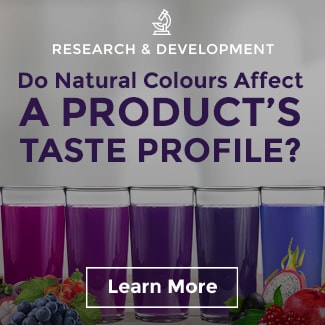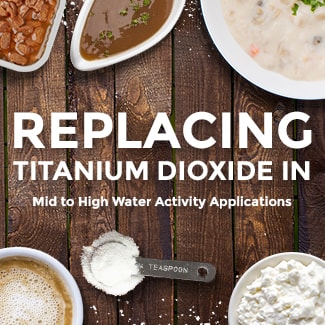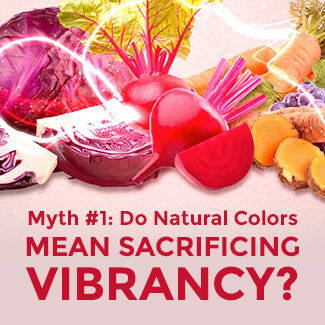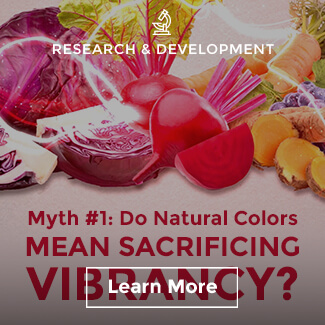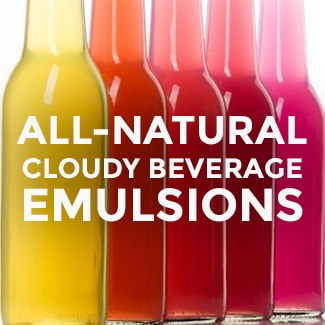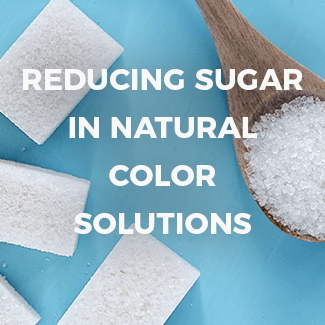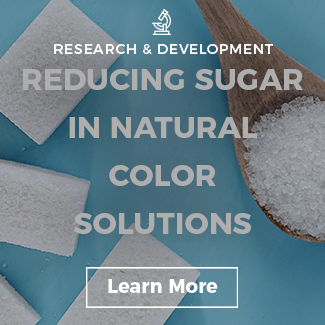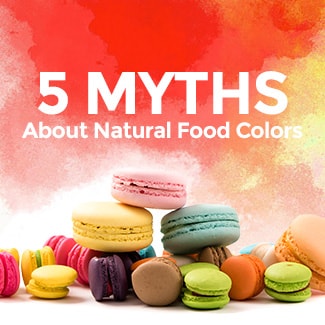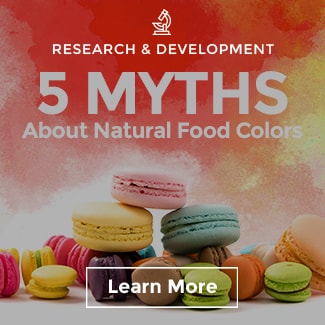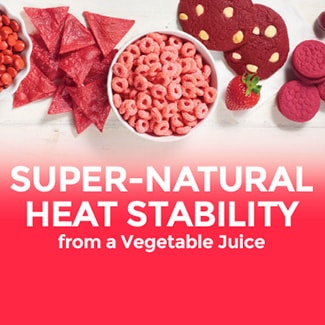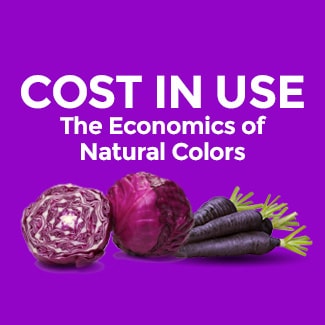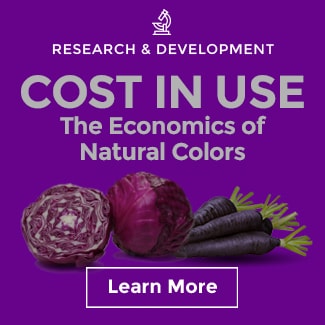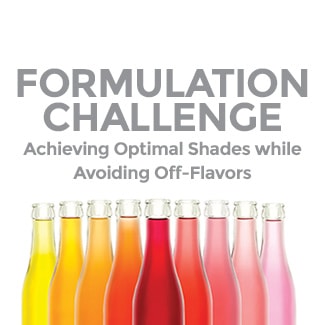Natural Colours: Consumers Seek All-Natural Ingredients Over Artificial Colours
According to the Nielsen Global Health and Ingredient Sentiment Survey conducted in the third quarter of 2016, the health-and-wellness space has huge upside potential as consumers search for better, healthier solutions that are compatible with their lifestyles and needs. For this reason, manufacturers and retailers, are keeping in mind more aspects such as consumers’ preferences and perceptions in terms of ingredients, when navigating the health-and-wellness space.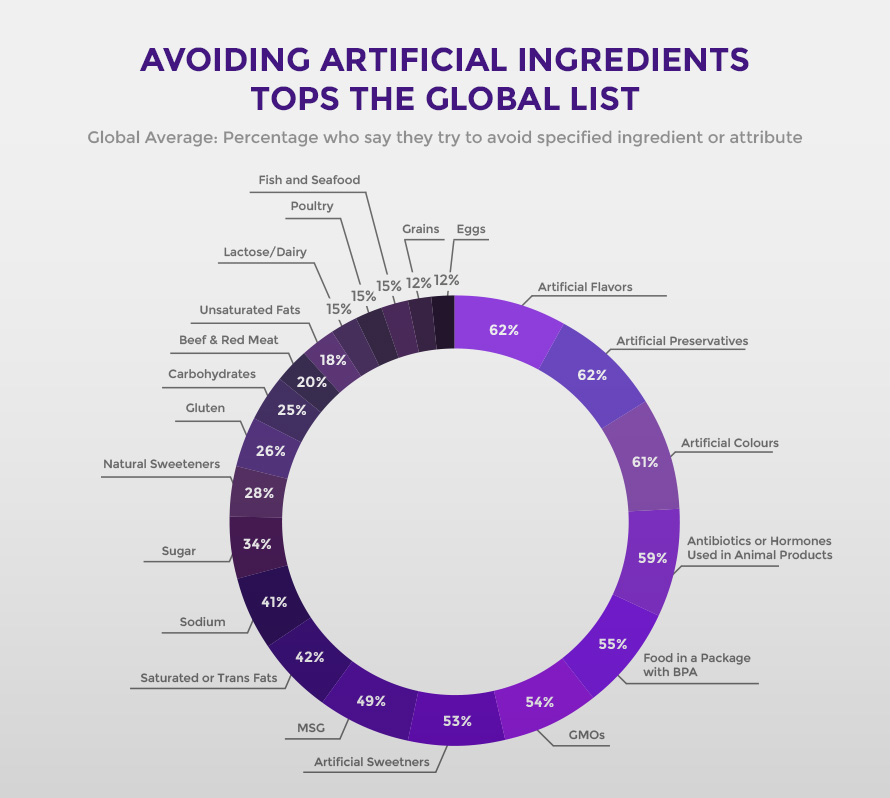
Colouring Foods, the Next Step Into the Journey of the Natural Colours
Colouring foods refers to food ingredients that contribute to the colouring properties of foods and are derived from traditional foods such as vegetables, fruits and plants. They undergo careful processing to ensure the preservation of the valuable ingredients from the natural raw material sources.
Europe has led the way, moving strongly towards colouring food ingredients as these ingredients align more with consumers’ perception of natural. In Europe, colouring foods are considered ingredients rather than additives and do not carry an E number classification. According to the European guidance on colouring foods released Jan 2014, “if a colouring ingredient is derived from fruit, vegetables or herbs that have been consumed in Europe since before 1997 and are minimally processed so they retain characteristics of the source material such as pigment content, aromatic properties and nutritive value, they can be classed as colouring foods rather than colouring additives”. It means that they can be labelled as a simple ingredient, which makes them an attractive clean label solution for manufacturers while also representing an honest and more authentic and healthier product to consumers.
The recognition of Colouring Foods across Asia Pacific varies widely, from being fully accepted to not permitted as a means of imparting colour to foods and beverages, to unknown. For example, in June 2017 China National Food Authority published the group standard “Colouring food for food industry”. It became effective in January 2018, although its legal status remains unclear. The European Guidelines provide a globally recognized reference from which individual countries can develop guidelines and regulations relevant to their market. Adopting this structure provides the framework to negotiate the pathway to understand the status of Colouring Foods within your regulatory environment. Stemming from Sensient Oceania, our range of natural extracts and concentrates will continue to improve to meet the developing and growing needs within the Asia Pacific Region.
Opalis, The Colour of Nature
Opalis is our selected range of natural extracts and concentrates derived from edible vegetables, fruits and plants that deliver colour to enhance your products.
By carefully selecting high quality raw material and applying advanced processing technology, Opalis by Sensient provides a wide range of special formulations with excellent stability and advanced colouring efficiency and advantages for various applications, responding to the consumer’s expectations and manufacturer’s needs.
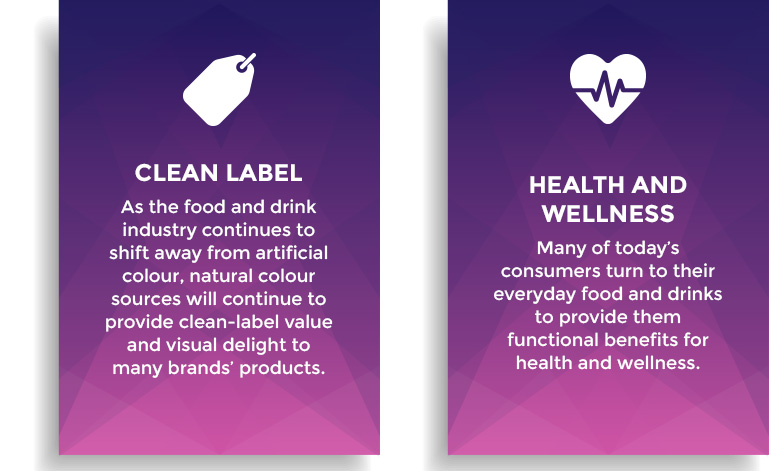
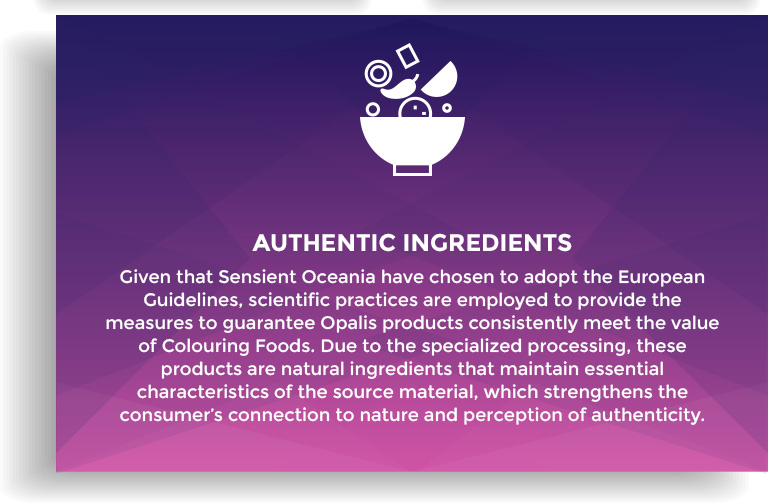
In order to respond to the market expectations, Opalis has been developed to provide also a wide range of advantages and suitable for several applications.

Opalis Range
Our range of colouring foods is creative, bright, versatile and diverse. It is suitable for water based and oil based systems that include Solutions (clear), Dispersions (cloudy), Emulsions (clear and cloudy), powder and Agglomerates:

At Sensient, we want to inspire our customers in their efforts to deliver products that consumers want, products that offer multi-sensorial experiences that are “just picked from the nature”.



